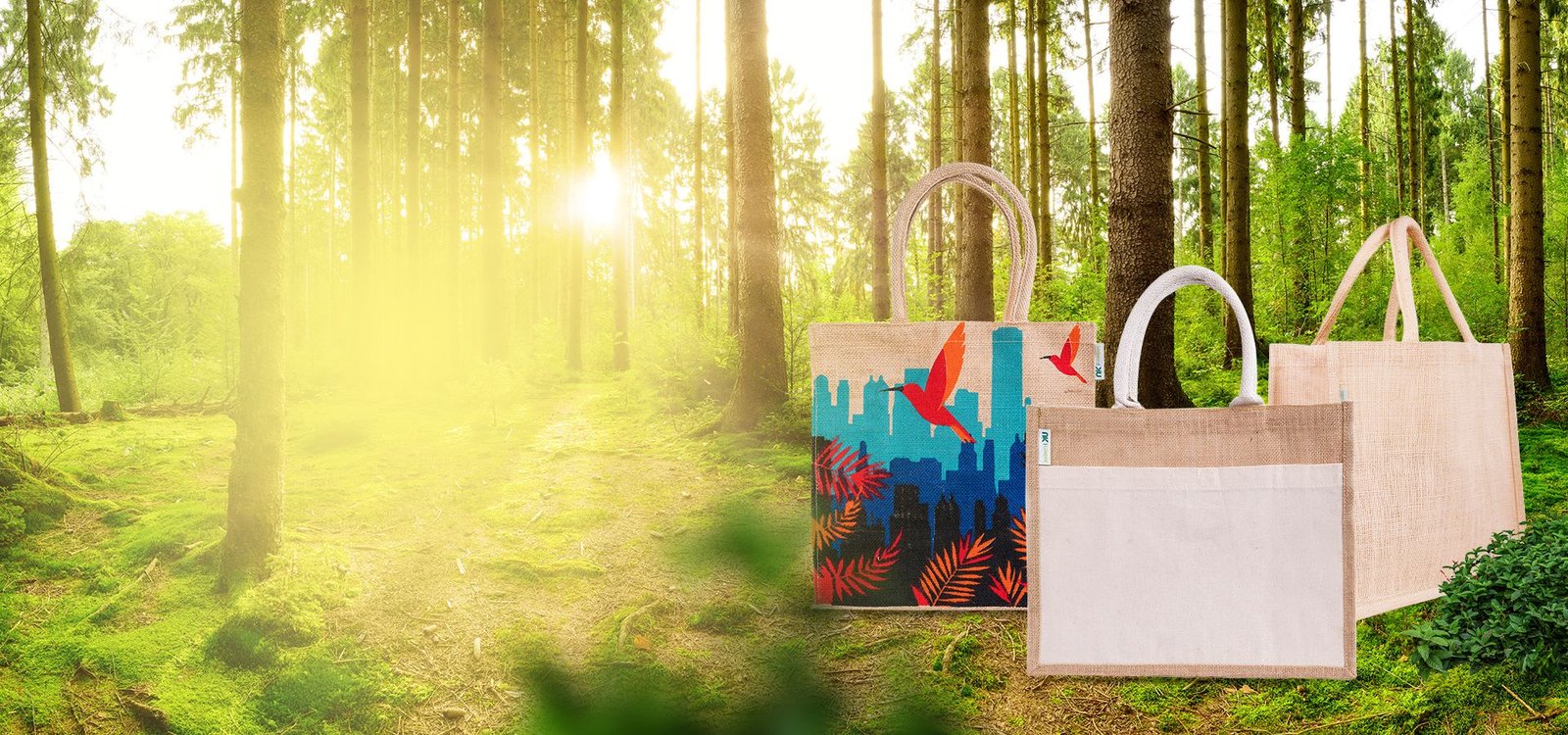The JUTE Journey: From Plant to Bag
Introduction
Jute, referred to as the “golden fibre,” has an attractive and eco-friendly quality. People are curious to see how it goes from the plant to the bag because it is a unique and interesting approach that follows traditional methods. This article focusses on the changing raw jute into different bags that are used in day-to-day life and its positive impact on environmental aspects as well as a part of our culture.
History and Production of Jute
Jute has been grown in the Indian subcontinent for centuries, especially in India and Bangladesh. They are especially known for being the largest jute-producing nations, where they grow because of its warm and wet climate. Live in these countries with fertile soil. The plant of jute, once it is sown during the early monsoon, grows well there under these conditions. Organic fertilisers are used by farmers for healthy growth. Seeds germinate quickly, sown in rows on well-prepared soil.
Growing and Harvesting Jute
Jute plants grow very fast, up to 10–12 feet in just four months or so. During this time, maintenance duties include watering regularly and managing weeds consistently. Naturally dense foliage from the plants suppresses weeds and herbicide inputs. They are vigilant for any hint of pests and diseases in case they have to take action without delay on known pitfalls. They are harvested when the plants flower. The cut stems at the base are then bundled by farmers. When it comes to your top-quality fibre, timing is key. Biomass field drying postharvest.
Processing Jute Fibres
Jute fibres are initially extracted by retting (stems plural use) in water for up to 20 days. The breakdown of pectin by bacteria loosens the fibres from the woody core. Farmers harvest the stalks before returning them to water cells for retting, and then pull apart the fibres from the core and wash residues off thoroughly during several days of sun-drying.
Spinning and Weaving Jute
The processed fibre consists of two types, namely dry jute strands and tough fibres that are spun into yarn after extracting the raw material. The fineness and strength of the fibres determine how good it is. The spun yarn is then wound onto spools to be stored. The weavers then take these yarns and arrange them one after the other using handlooms or power looms to produce a fabric. The fabric is hessian, or burlap, a stiff, strong material designed to withstand the rigours of being used as bags.
Creating Jute Bags
The jute fabric is then cut into the shapes and sizes needed for bags by artisans. They also often stitch the pieces together, sometimes with added designs or logos. This is to make sure that the bags are robust and effective. That is quality, and it requires precision and attention to detail. The bags are now equipped with handles, zippers, and linings, amongst other additions, for obvious reasons. It can be chosen with handles of jute or some other fabrics, painted and treated for water resistance and long life in use, making it a handy carry bag.
Lower energy consumption
The cultivation of jute is considered highly sustainable since it requires very little use of pesticides and fertilizers. For these reasons, the fast-growing plant makes for a productive crop that aids in all of soil quality and lessens chemical use upon it. Jute bags are 100% biodegradable and compostable, and they biodegrade into the soil within a few months. This decreases the utilisation of waste and increases soil fertility, so jute bags are efficient substitutes for plastic.
The jute industry also supported millions of jobs, bolstering the rural economy and ensuring sustainable development. From farming to bag production, the jute value chain does provide a wide range of employment opportunities, thereby addressing poverty issues in regions that grow this versatile natural fibre.
Future and Development of Jute
Jute is now being used for more than just bags. New: mixed fabrics, sustainable packaging solutions, and home textiles & auto interiors. New uses are growing the market for jute products and therefore more demand for this environmentally friendly fibre.
Conclusion
The journey from jute plant to bag drives home the point that truly jute is one of the most robust, sustainable, yet versatile materials. When you choose jute bags, it promotes environmentally friendly practices and conventional craftsmanship, which overall leads to a greener world. This golden fibre does not only fulfil its duties as a practical material, but it also represents an entire cultural background and sustainability. Jute is indeed instrumental in paving the way to a greener tomorrow.

